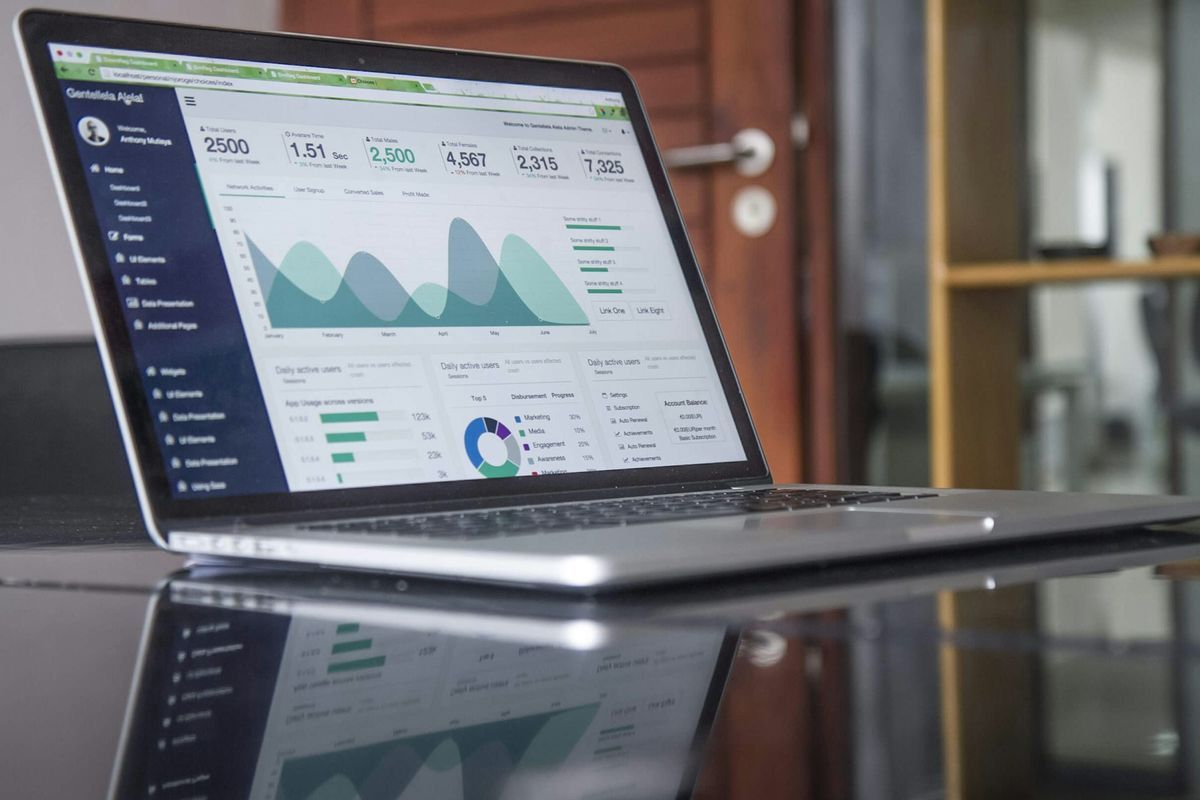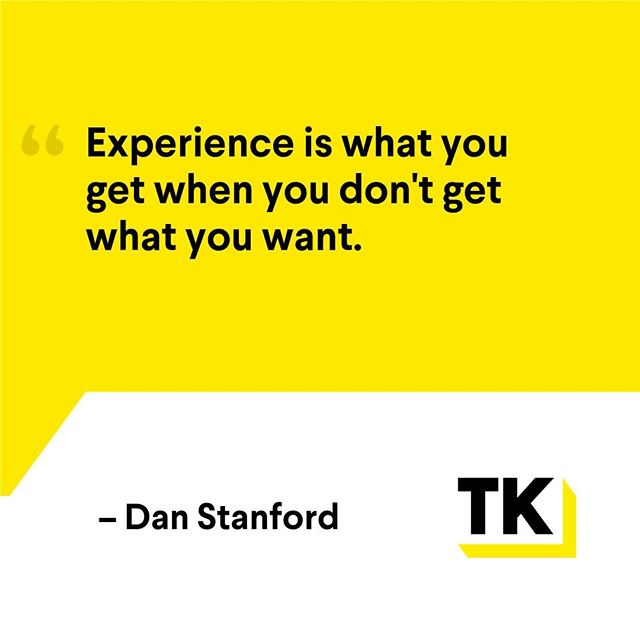There are 30,800+ SaaS companies globally and around 17,000 in the US alone. It’s a massively growing market, so how can you rise above all this noise?
Every business needs to find its way to stand out from the rest of the crowd. Although it can be scary, competition is a good thing. It validates the importance and urgency of the market problem your SaaS solution is solving.
BUT- you can’t lead the competitive landscape until you know what your competitors are up to. Conducting a Competitive Analysis can help you devise the best Go-To-Market Strategy for your SaaS business so that you can excel. In this blog, I’ll help you understand what a Competitive Analysis is and why it is important. I’ll also walk you through the 5-Step framework I developed when dealing with competition in a crowded SaaS Market.
- Social Analysis
- AD Analysis
- SEO Analysis
- Strategic Narrative Analysis
- Customer (and Segment) Analysis
What is a SaaS Competitive Analysis
A competitive analysis is the research and comparison of competitors in your target market with respect to your own SaaS company. It is the way most companies identify who their major competitors are, how competing products function, and how their sales, marketing, and customer retention strategies work.
Why is a Competitive Analysis Important?
Doing a thorough competitive analysis will help you build SaaS business strategies that are better than competing businesses. Your SaaS business can gain advantages by learning from your competitors’ successes and avoiding their mistakes. This allows you to optimize your operations and enhance your value proposition within the market.
A comprehensive competitive analysis not only provides valuable insights into your rivals, but also serves as an assessment of your own SaaS company. You can uncover your strengths and weaknesses, and identify the opportunities there are to outperform your competitors. This includes crafting unique messaging that sets your product apart, staying attuned to the latest market trends, ensuring innovative strategies, and keeping an eye out for customer reviews to identify unmet needs across the market. These insights will empower you to adapt and evolve so that you can lead the competitive landscape.
Unstoppable Competitive Analysis Framework
Over time, I have developed a proven Competitive Analysis Framework when dealing with a crowded market. This framework helps you ensure you use the competition to your advantage and propel your SaaS business forward to better serve your customers. There are five major steps.
Step 1: Social Analysis
The first crucial step in a competitive analysis is to tackle your competitors’ social media presence. You’ll examine the digital footprint left by your competing SaaS companies across various platforms: LinkedIn, Twitter, Facebook, Instagram, etc.
Your SaaS business can gain valuable insights when analyzing competitors’ social media activities, strategies, engagement levels, and follower demographics. As you observe, you’ll learn marketing tactics that work, engagement methods, and how you can position your brand differently. Watching the trends, frequency of posts, and user interactions helps you understand the competitive landscape deeper.
One way I have done this is by analyzing a competitor’s LinkedIn company page. As a premium LinkedIn subscriber, you can explore company pages more thoroughly. You can see items like employee insights, specific jobs they are hiring for, what resources they are putting their money towards, and the composition of the company.
I will even check out the competing Founder/CEO’s page. Are they putting out information about their customers? Or are they dormant? As you see where their people are and what they are putting their money towards, this will give you clues on how to compete with them. It sheds light on where they are putting their efforts.
Step 2: AD Analysis
Another critical component of your competitive analysis involves an examination of your competitors’ paid ADs. This step gives you insights into their marketing strategies, budget allocation, and target audience. By scrutinizing the content, placement, and frequency of their paid ADs, you can identify which channels and messaging resonates the most.
Facebook has an ads transparency tool that lets you see what ADs your competitors are actually running! If they are running ads, you will be able to see all the ads they are running and where and how people are engaging with them. It’s super powerful and gives you an unfair insight into how they’re spending their AD budget
The other thing I look at if possible are comments. How are people receiving the ads they are running? These findings enable you to refine your own advertising campaigns, ensuring they are more targeted and compelling.
Step 3: SEO Analysis
Analyzing your competitors’ SEO strategies is a pivotal step in staying ahead of the competition. As you delve into the SEO tactics your competitors deploy, you gain valuable information into their online visibility, keyword targeting, and content optimization techniques. When you identify the keywords that drive traffic to their websites, you can optimize your own content for similar search terms. Examining their backlink profiles and on-page optimizations can also reveal best practices for your own SEO strategy.
I use an SEO platform called Ahrefs. What I like to do is type in the domain name of a competitor and see what their top pages what the most popular pages on their website are. This way, I am able to find what the market is searching for and how they’re generating (and benefitting from) SEO traffic.
This gives you an idea of what your competitor sees as the biggest opportunities in the market.
Step 4: Strategic Narrative Analysis
Dissecting a competitor’s strategic narrative and messaging is a crucial aspect of a competitive analysis. Understanding how your competitors communicate their value proposition and how they position themselves in the market can help you identify their core strengths, unique selling points, and the pain points they address.
You’ll want to ask a series of questions:
- How are they driving urgency in the market?
- What is the persuasion they are driving to get customers to go with them instead of you?
- Does your messaging stand out from the rest of the crowd?
Analyzing how your competitors’ messaging allows you to assess what appeals to your shared market and what sets them apart. This gives you the opportunity to refine your storytelling.
Step 5: Customer (and Segment) Analysis
Lastly, conducting a customer segment analysis on your competitors is imperative when understanding the dynamics of your market. Here you will evaluate your competitors’ customer base, identifying their most lucrative segments, and how well their product or service caters to the unique needs of these users. As you see the demographics, behaviors, and preferences of their customers, you’ll be able to pinpoint potential gaps or missed opportunities in the market.
This helps you refine your own product offerings and strategies to create tailored solutions that meet your customer segment.
In Conclusion
Your biggest competition is ultimately yourself. By performing a competitive analysis, you will identify opportunities where YOU and your SaaS business can improve.
What you want to avoid is knee-jerking. If you keep reacting to what your competitors are doing, chances are you are taking the wrong steps for the wrong reasons. It’s not about copying what they are doing, but analyzing and seeing if it’s right for your go-to-market strategy.
If you’re a SaaS Founder struggling to stand out from the crowded competitive landscape, I invite you to check out my 5-Step SaaS Growth Strategy Guide below. Inside this guide, I walk you through creating a scalable GTM strategy, and building exponential growth for your SaaS business.












